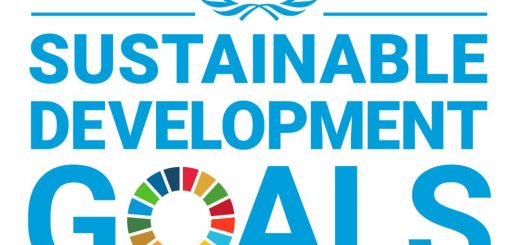What do World Employment and Social Outlook Trends look like in 2024?
Source – World Employment and Social Outlook: Trends 2024
International Labour Organization released a report, World Employment and Social Outlook: Trends 2024, indicating a potential rise in global unemployment in 2024, emphasizing disparities, income inequality, and the prevalence of informal employment, underscoring the imperative for targeted policy interventions for social justice in the global economic recovery.
The global economic landscape in 2023 reveals a slowdown in recovery and heightened fragility. Geopolitical tensions, inflationary pressures, and aggressive central bank moves create a challenging macroeconomic environment. Despite these challenges, job markets demonstrate resilience, offering a silver lining in an uncertain global economy.
Job Growth Surpasses Expectations
While the global economy experiences a significant slowdown, job growth defies expectations. Advanced economies and emerging giants such as China, Türkiye, and Brazil face considerable slowdowns, causing adverse impacts on global industrial activity, investment, and trade. However, the surprising resilience of job markets, particularly the decline in the unemployment rate, provides a glimmer of hope amid economic uncertainties.
Wage Decline and Persistent Working Poverty
Real wages decline in the majority of G20 countries, failing to keep pace with inflation. Despite positive employment growth, the number of workers living in extreme and moderate poverty increases, signaling potential challenges in ensuring the well-being of the global workforce. Informality rates, though returning to pre-pandemic levels, remain a complex aspect of the evolving labor landscape.
Financial Fragility and Global Repercussions
A growing fragility in financial conditions poses a risk to highly indebted developing countries, with potential repercussions for jobs and working conditions. The situation demands proactive measures to prevent a broader financial crisis. The rebound in global investment rates, particularly in certain regions, contrasts with decelerating productivity growth, creating a complex economic scenario.
Challenges in Labor Imbalances and Weak Productivity
Labor imbalances persist as sectors with essential workers struggle to attract talent due to poor working conditions and sluggish productivity growth. Persistent shortages in critical sectors, coupled with lower average hours worked, contribute to imbalances that may have long-term structural implications for global labor markets.
Structural Issues in Labor Market Adjustment
As cyclical factors wane, structural challenges in labor market adjustment become more pressing. Job retention schemes, while vital, slow down transitions to new opportunities. Productivity trends and an aging population further impede adjustments to pandemic-induced labor market imbalances, necessitating innovative policy approaches.
Technological Progress and Labor Market Resilience
The acceleration of technological progress, marked by the arrival of generative artificial intelligence in 2023, tests the resilience of labor markets. Despite advancements, living standards and productivity growth stagnate. Entry barriers and lack of skills hinder technological adoption, exacerbating inequalities in low-productivity sectors and developing nations.
Outlook and Addressing Global Challenges
The global labor market outlook remains clouded, with challenges in unemployment rates, real wages, and youth unemployment persisting. Governments and social partners are urged to address major challenges swiftly, fostering international cooperation to support fragile economies and promote regional productivity initiatives.
Asia Pacific Economic Overview
In 2023, the Asia-Pacific region exhibited resilient economic growth of 4.3%, attributed to successful reopenings from COVID-19 restrictions. While South Asia led the region with a 5% growth rate, challenges persisted, including inflationary pressures in select South Asian countries and financial crises in Sri Lanka and Pakistan. Labor market trends showed a return to pre-pandemic labor force participation rates, with employment growth at 2.4%, surpassing the long-term average. However, youth unemployment remained a challenge, and nearly two-thirds of the region’s employment remained informal.
The introduction of new forms of work, driven by technology, posed opportunities but also highlighted legal and policy gaps, necessitating innovative approaches to address informality. Overall, as the region navigates economic complexities, growth is expected to continue at around 4.1% in 2024.
Navigating the uncertain road ahead requires a multifaceted approach. Strengthening domestic economies, international collaboration, and proactive policy measures are essential to ensure job resilience and promote social justice in the face of a poly-crisis environment.



